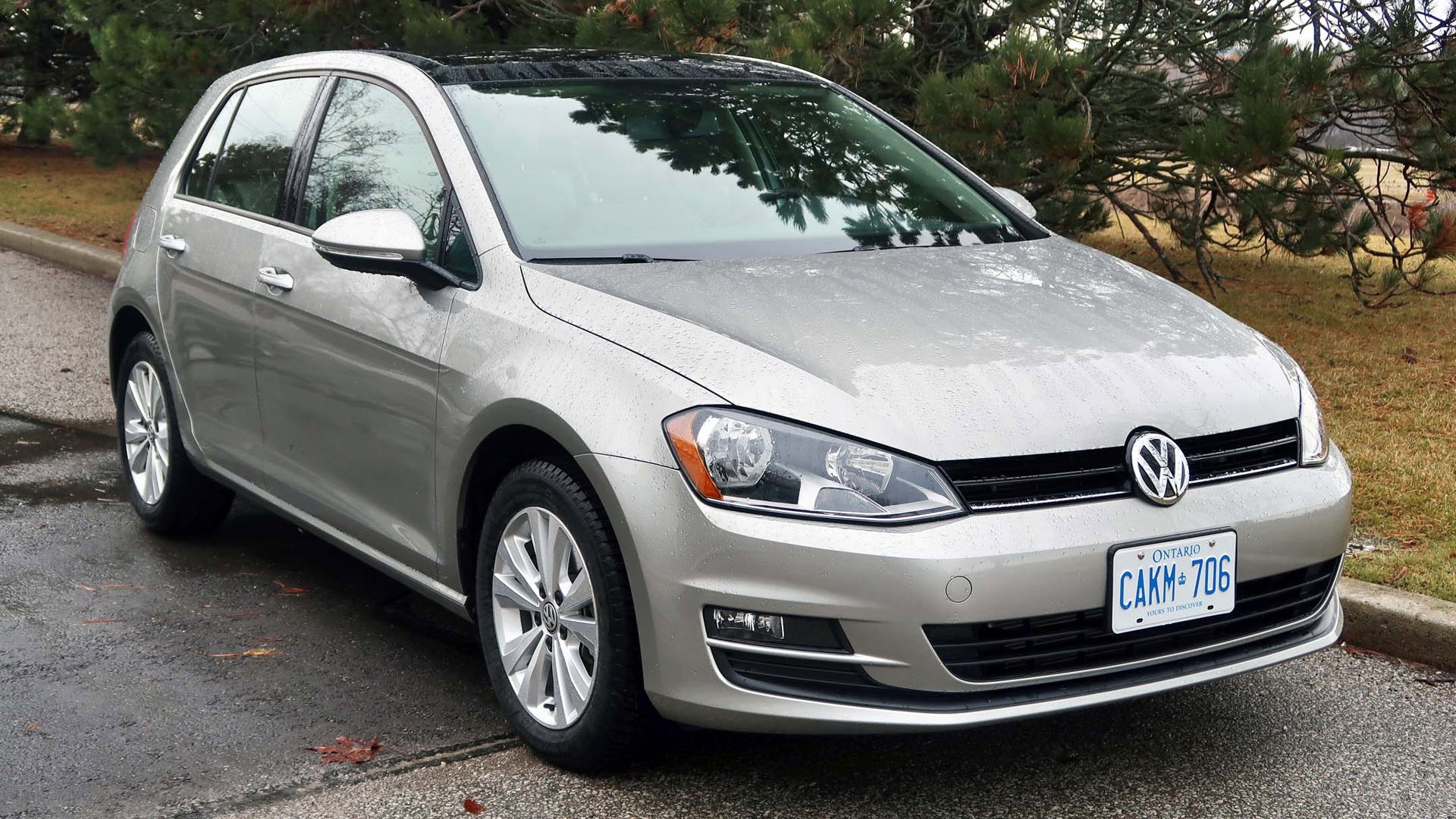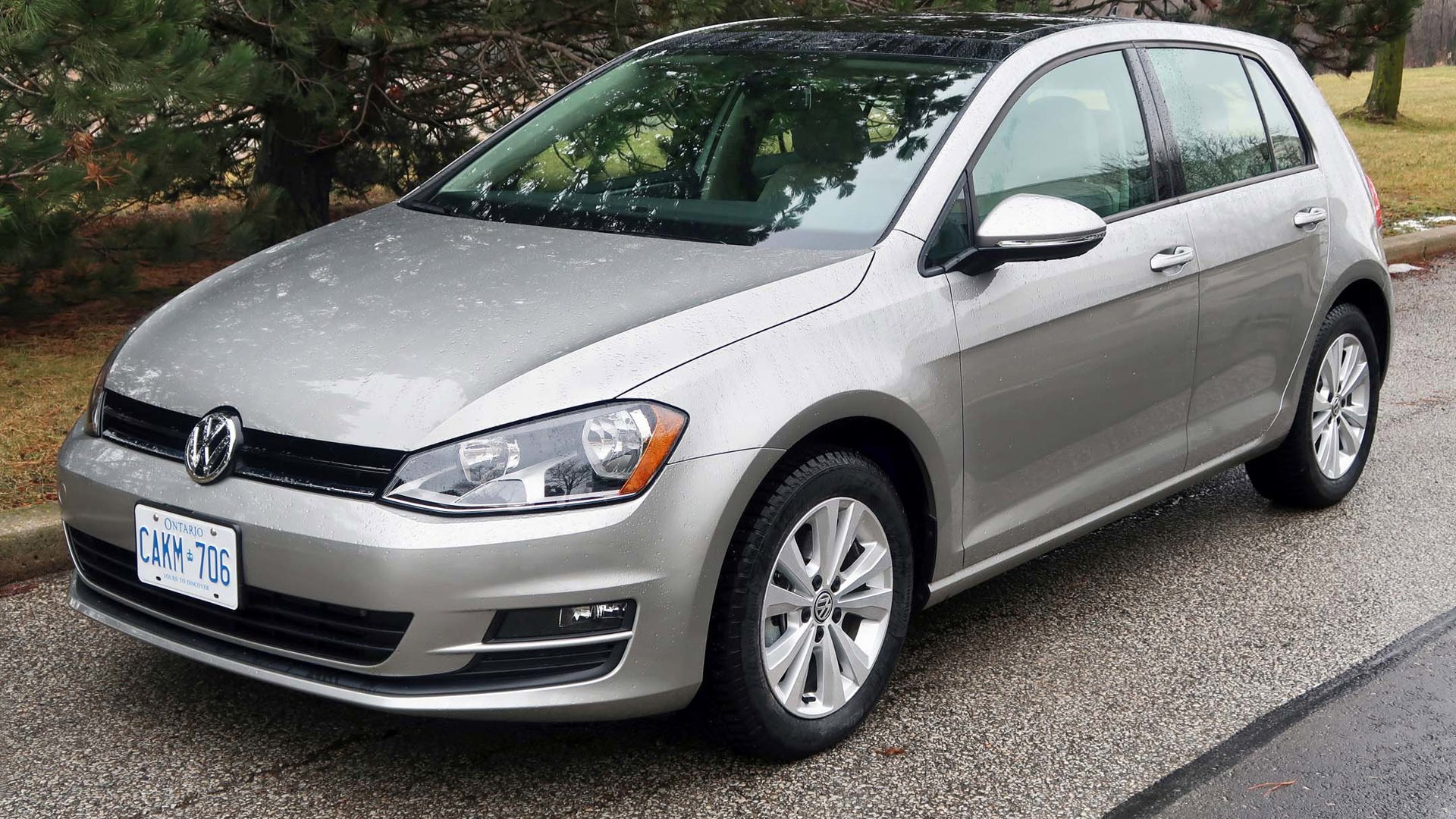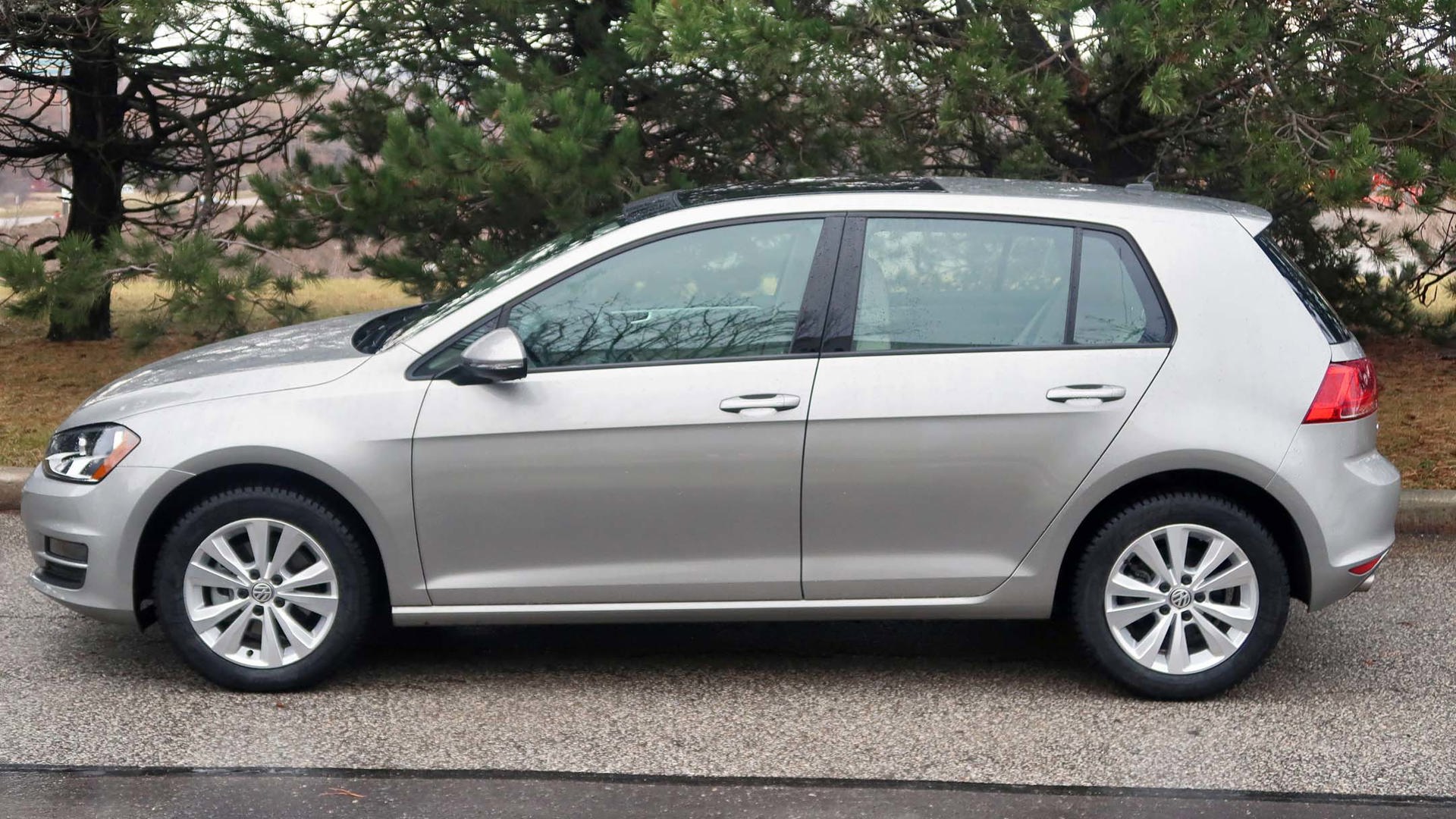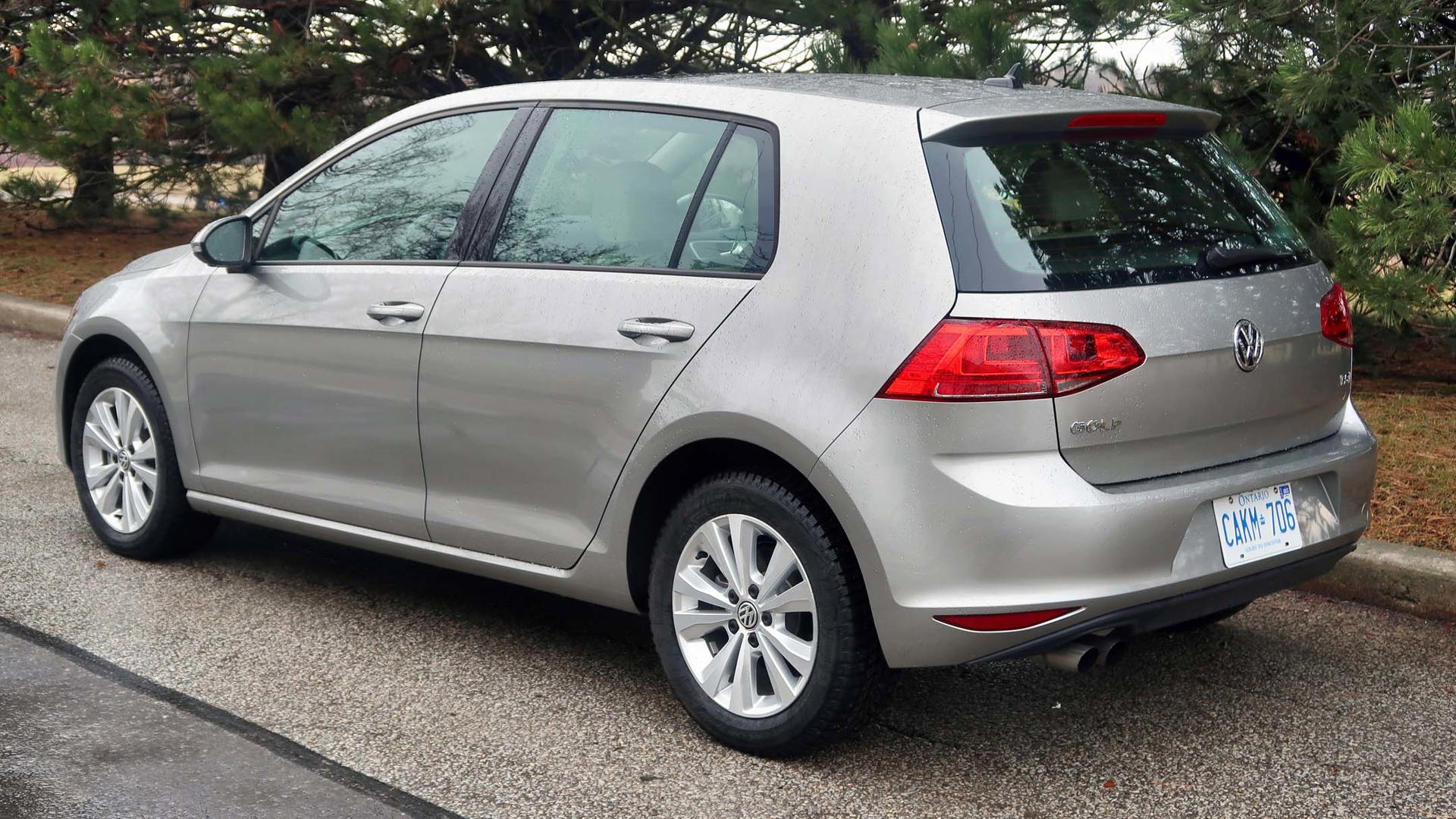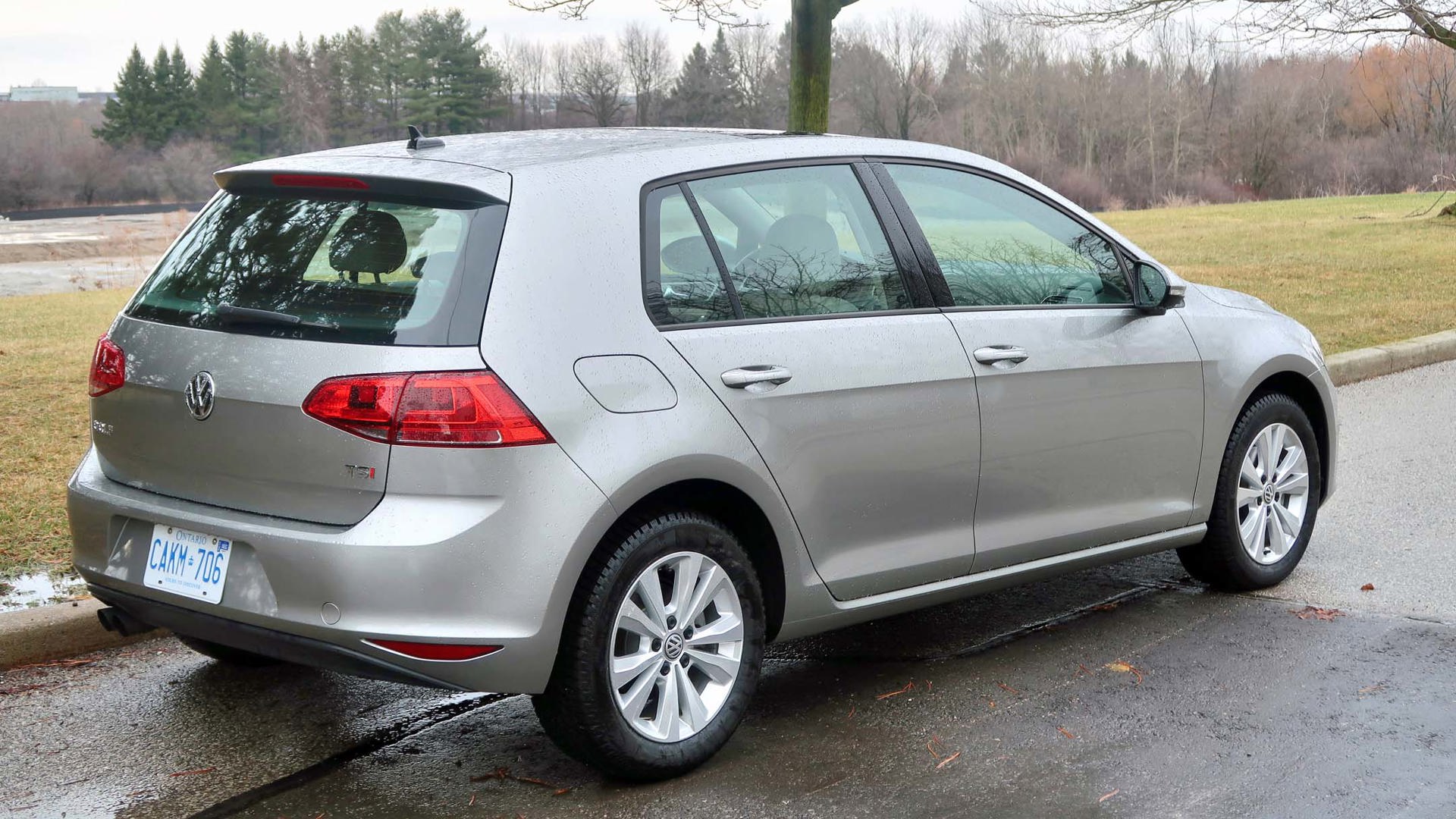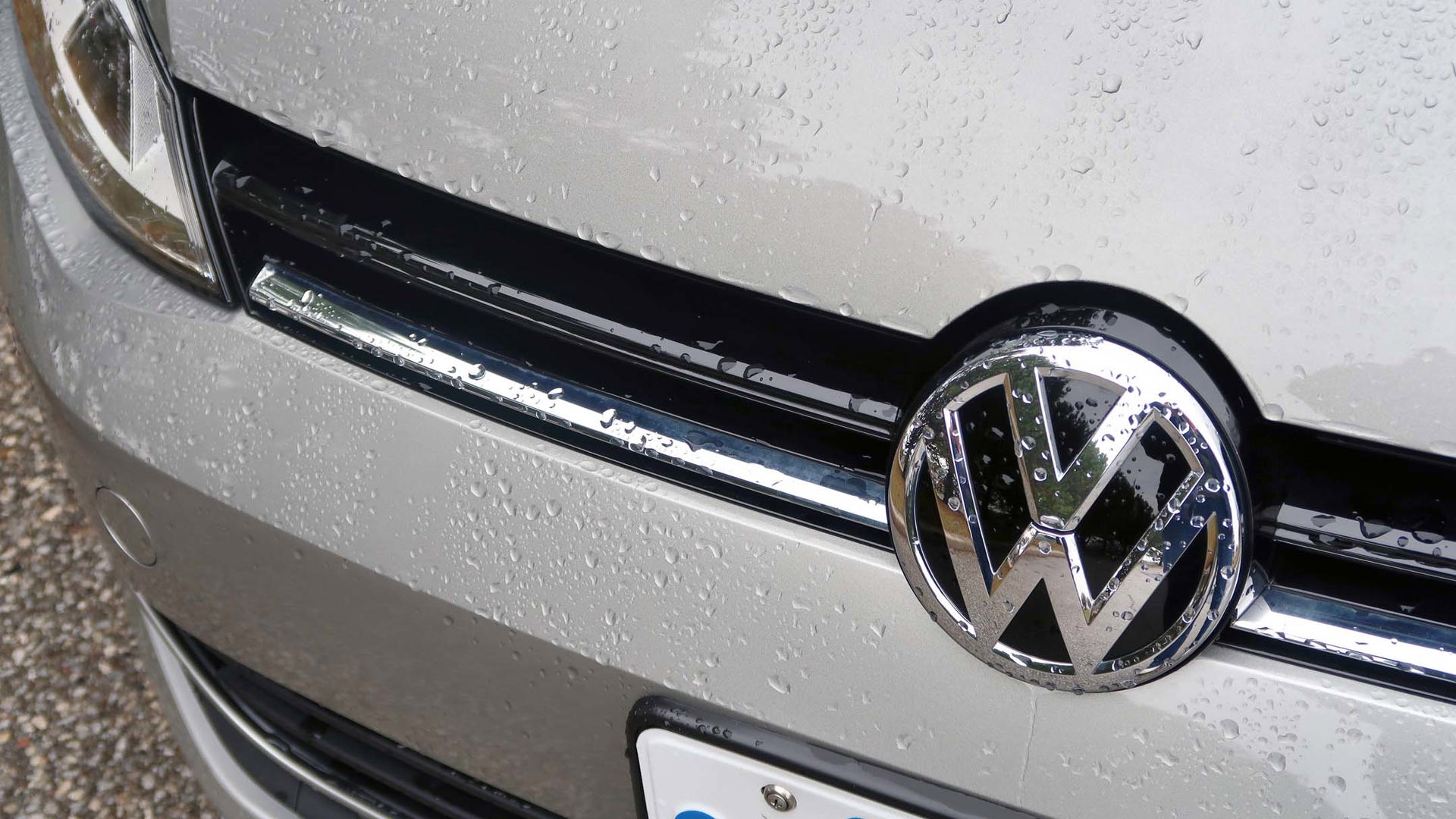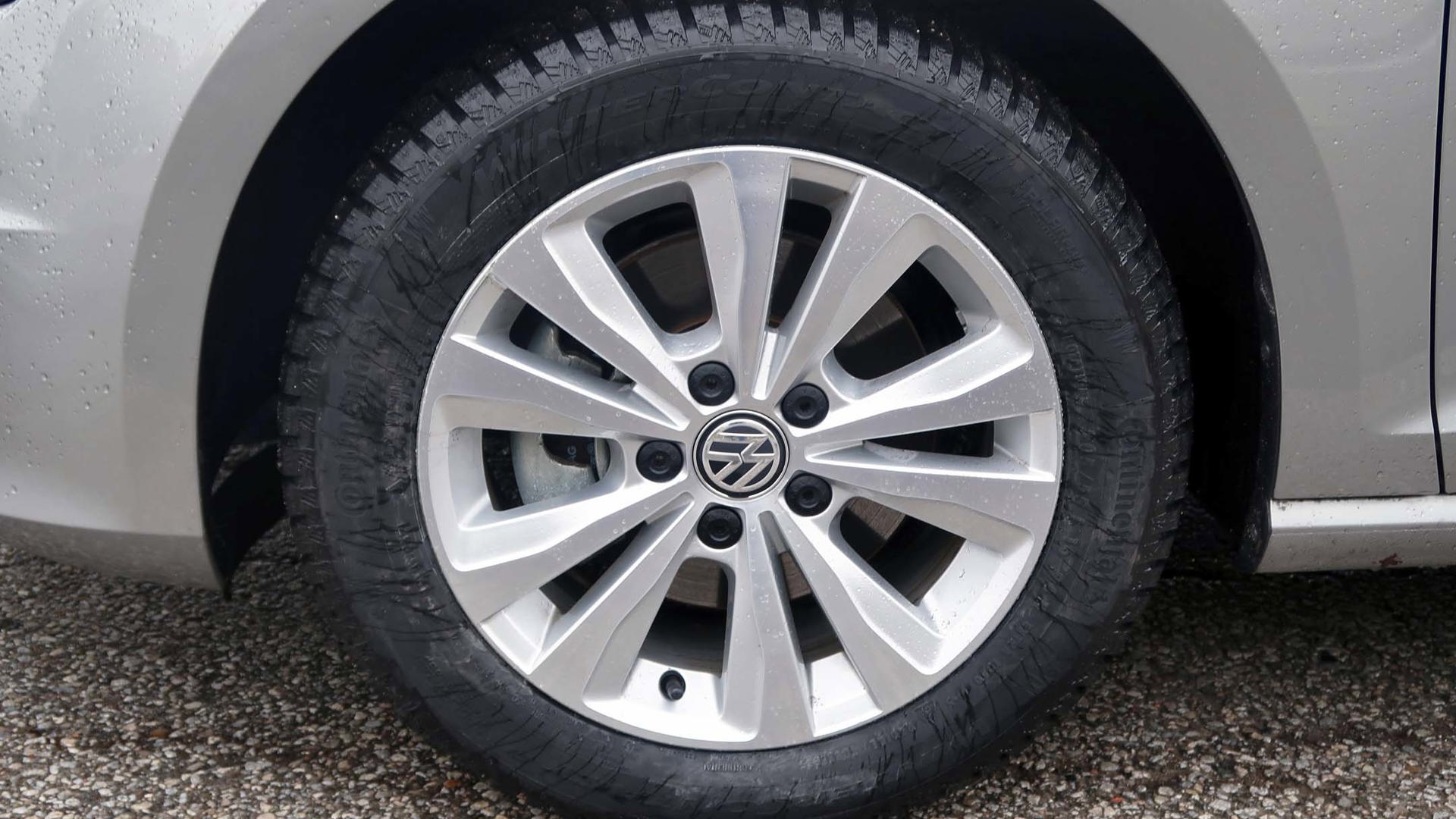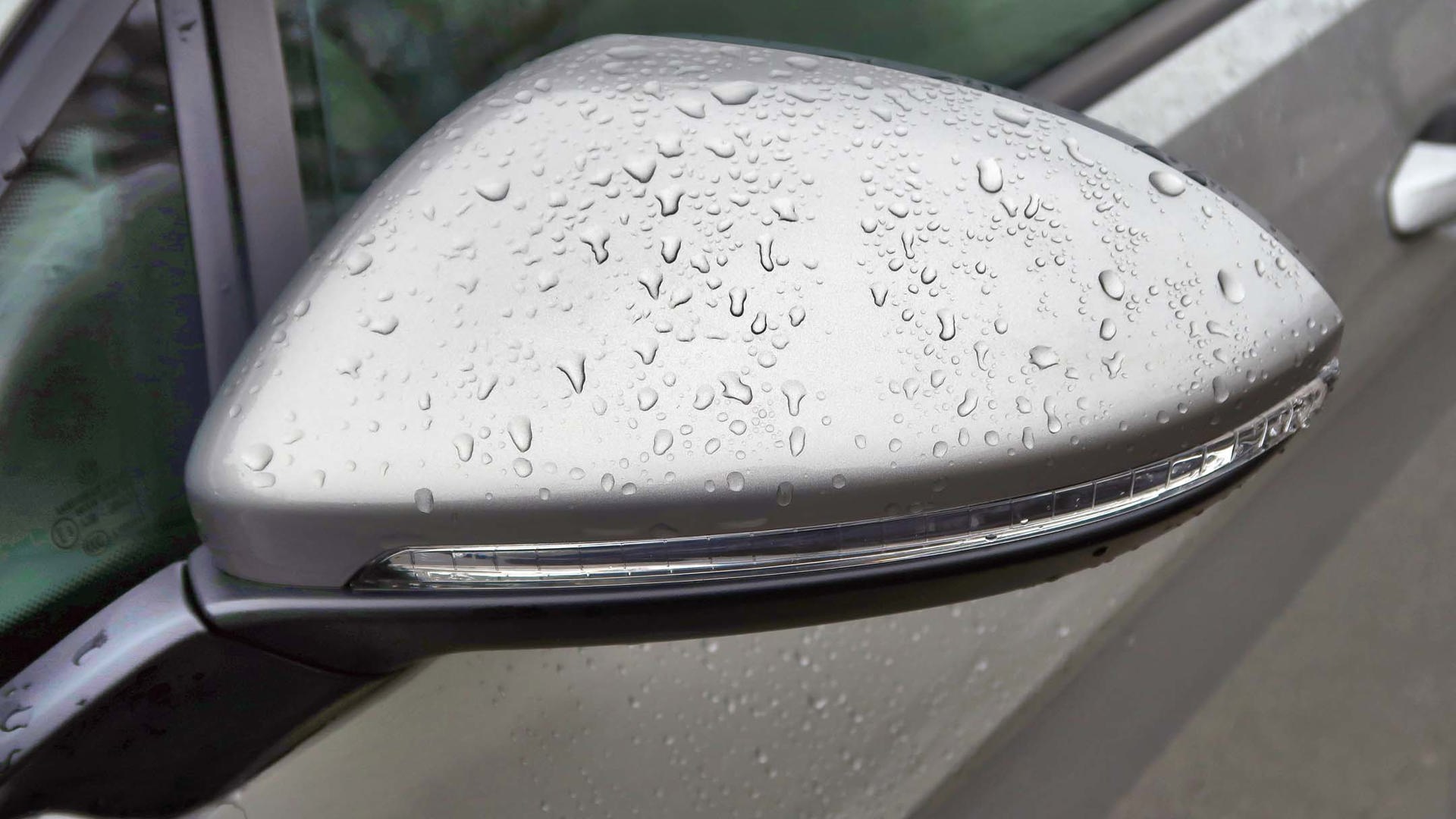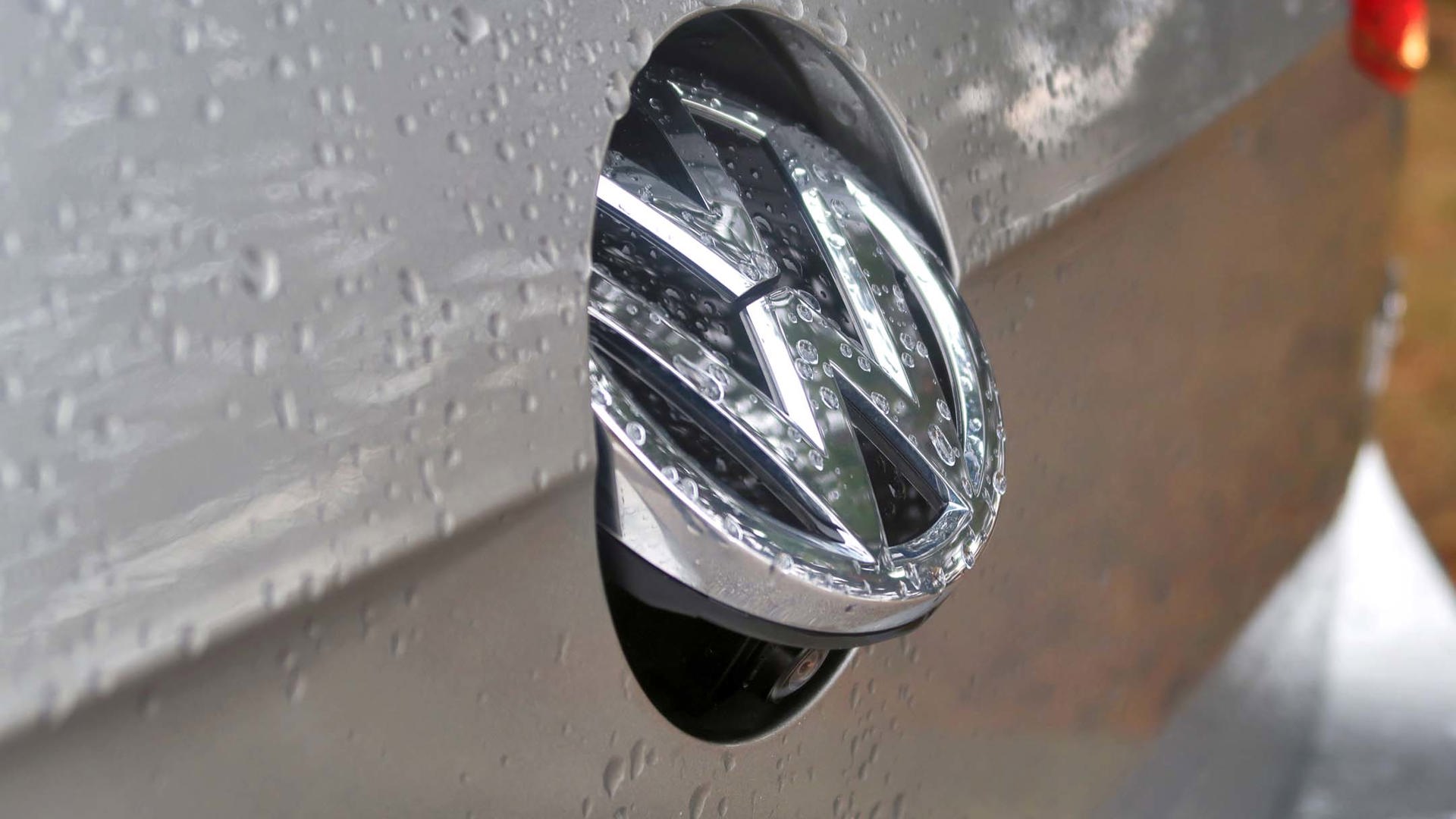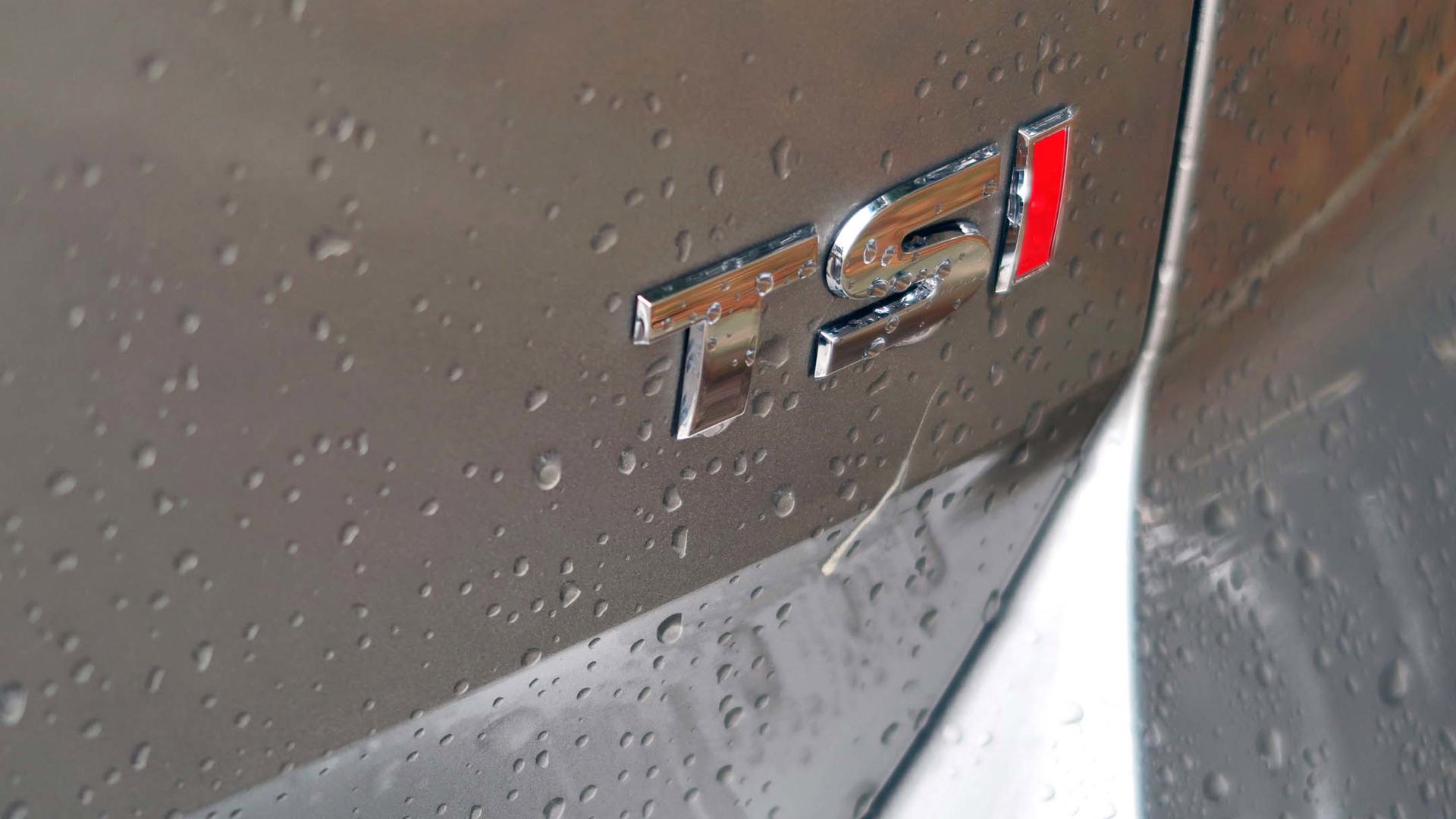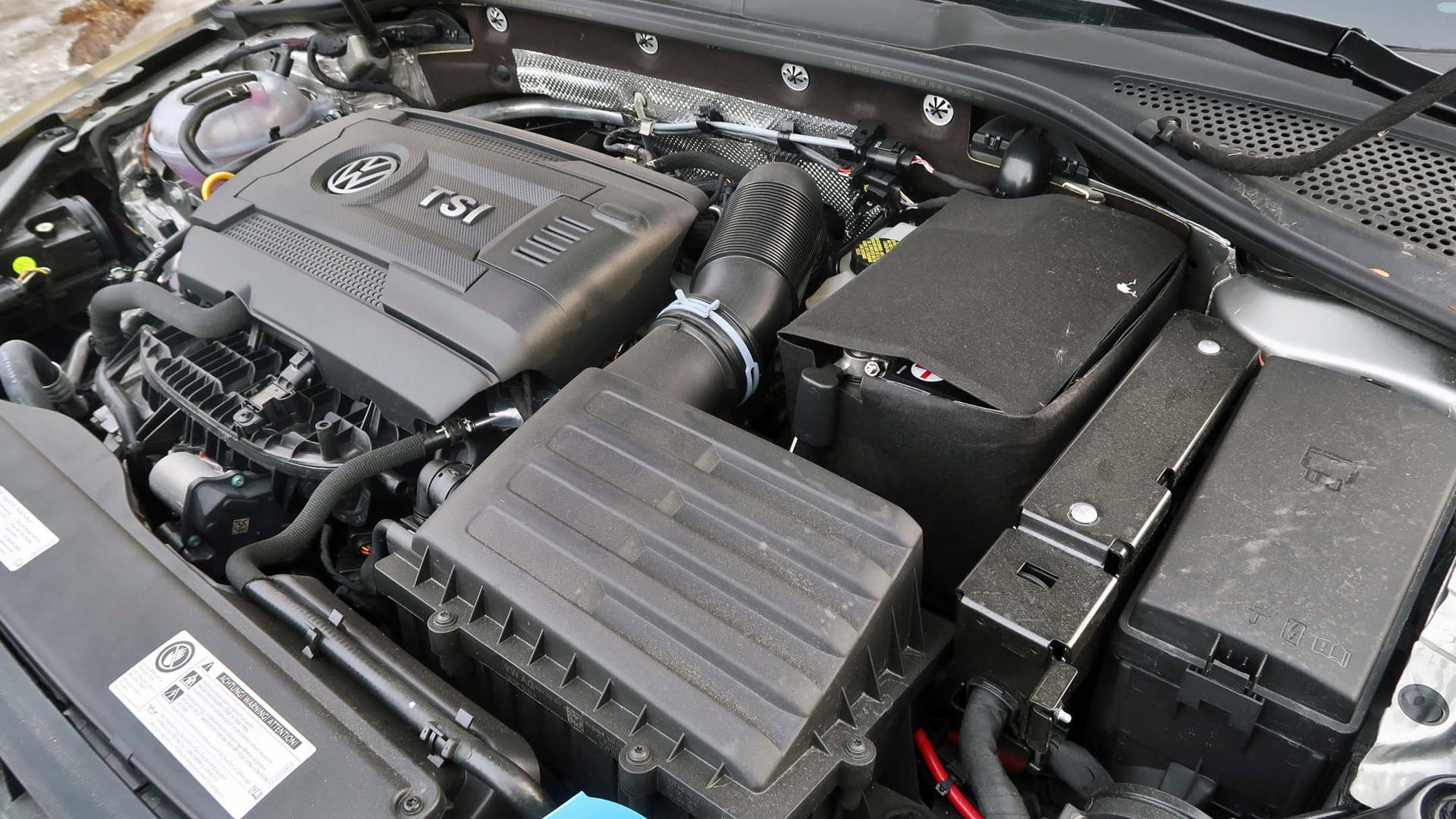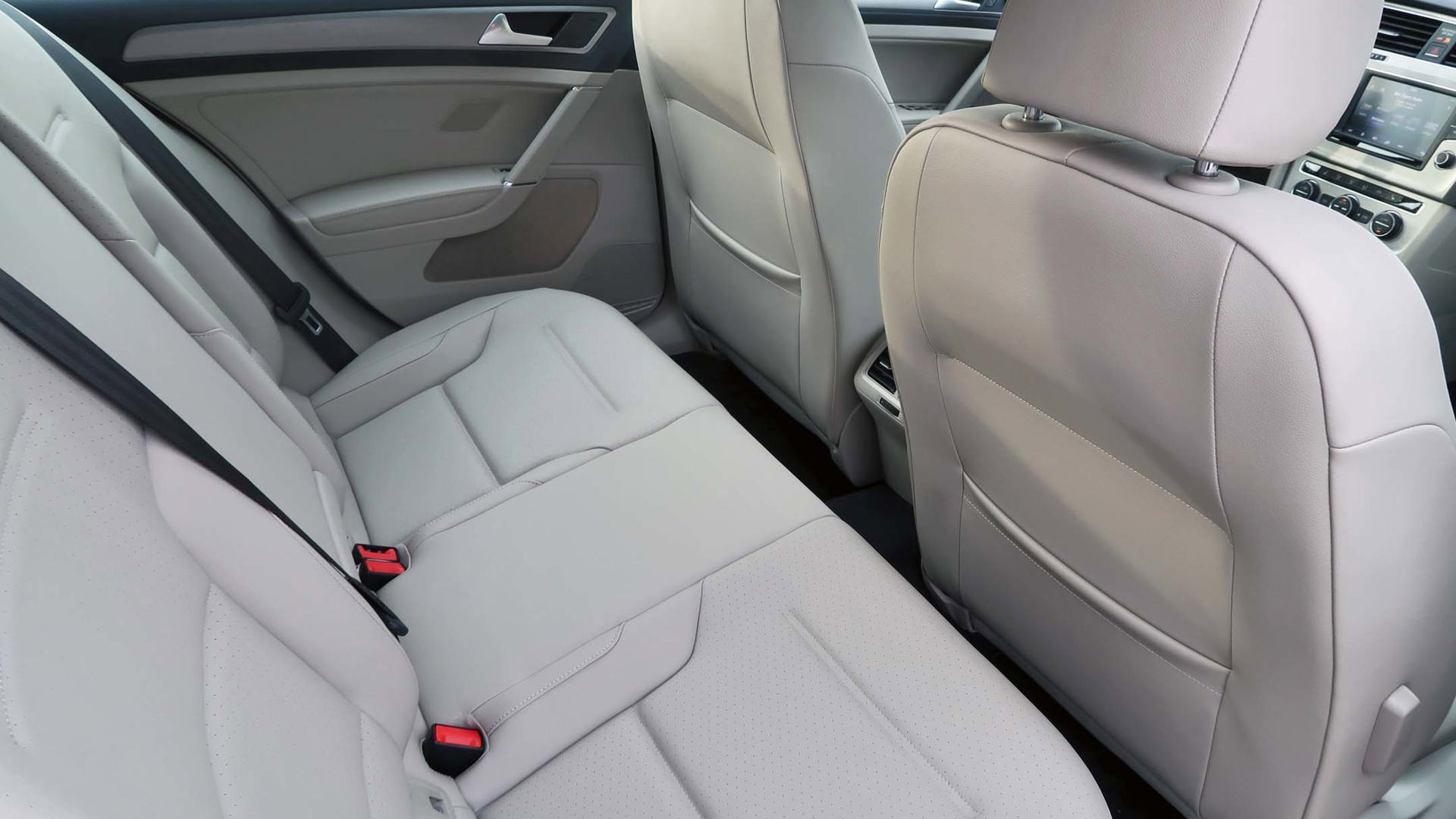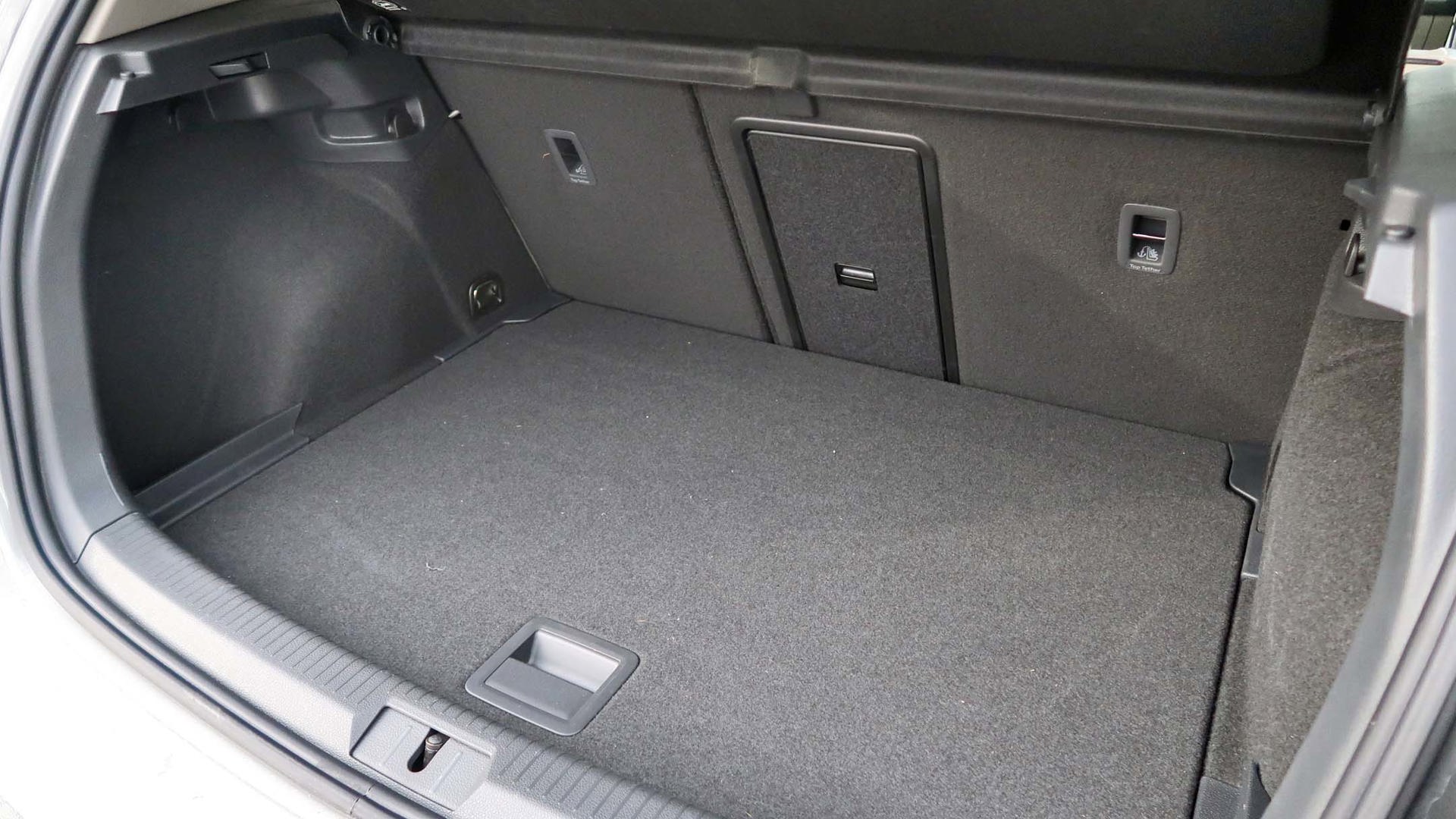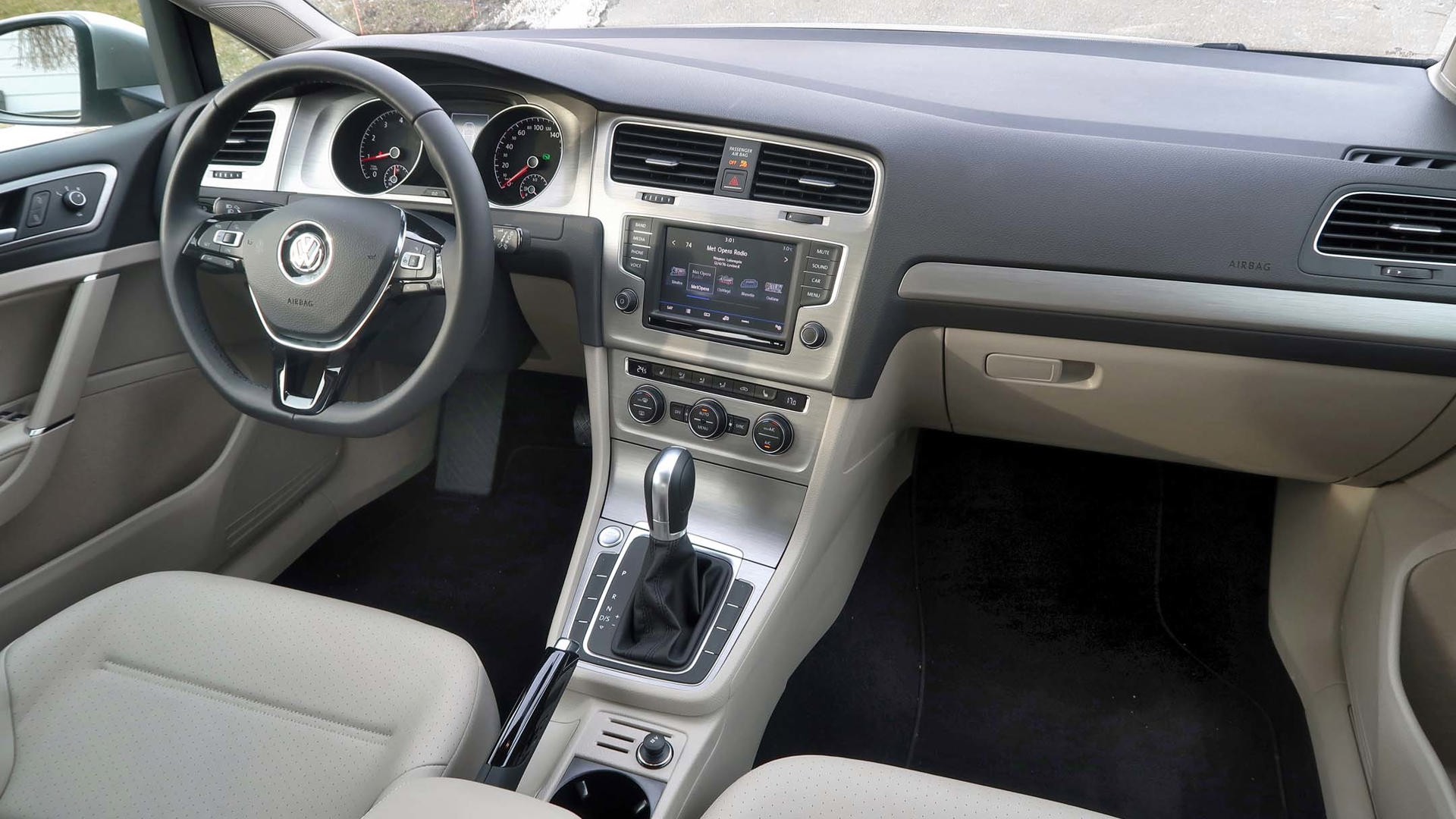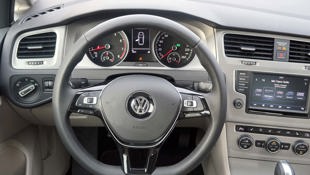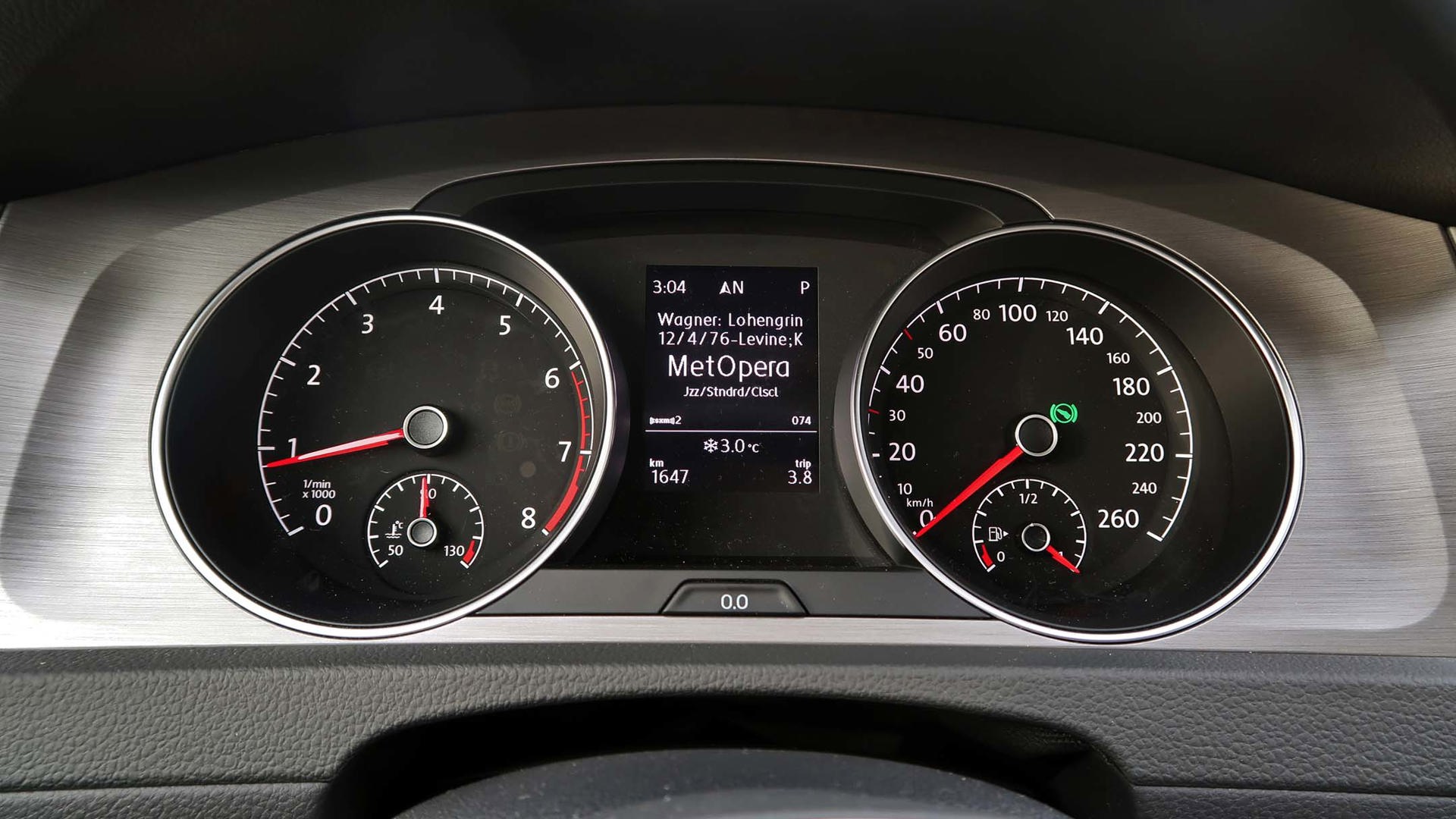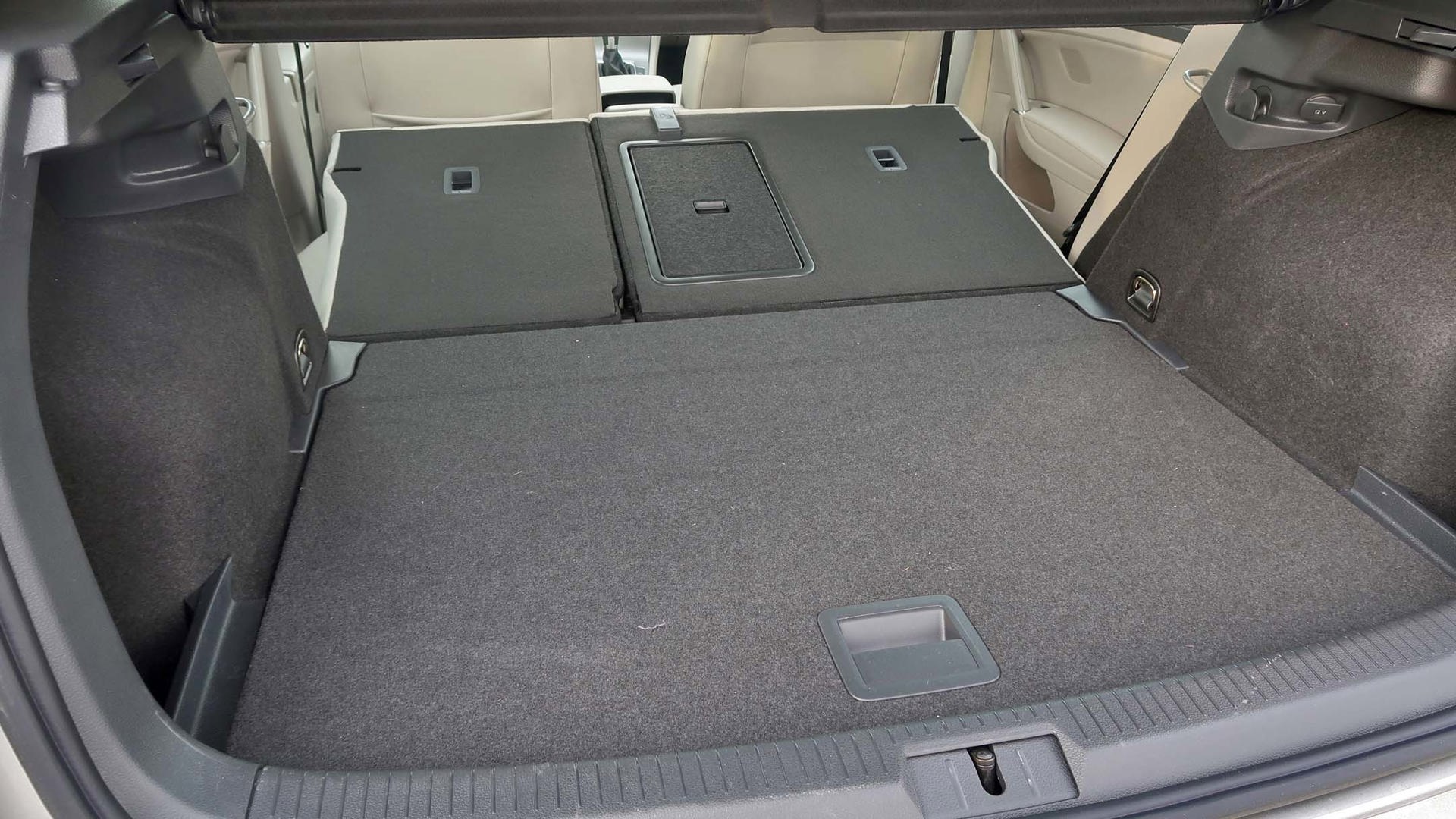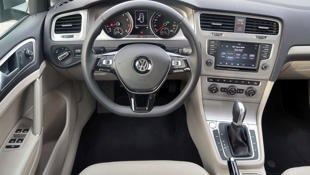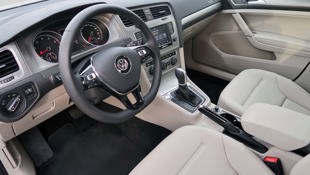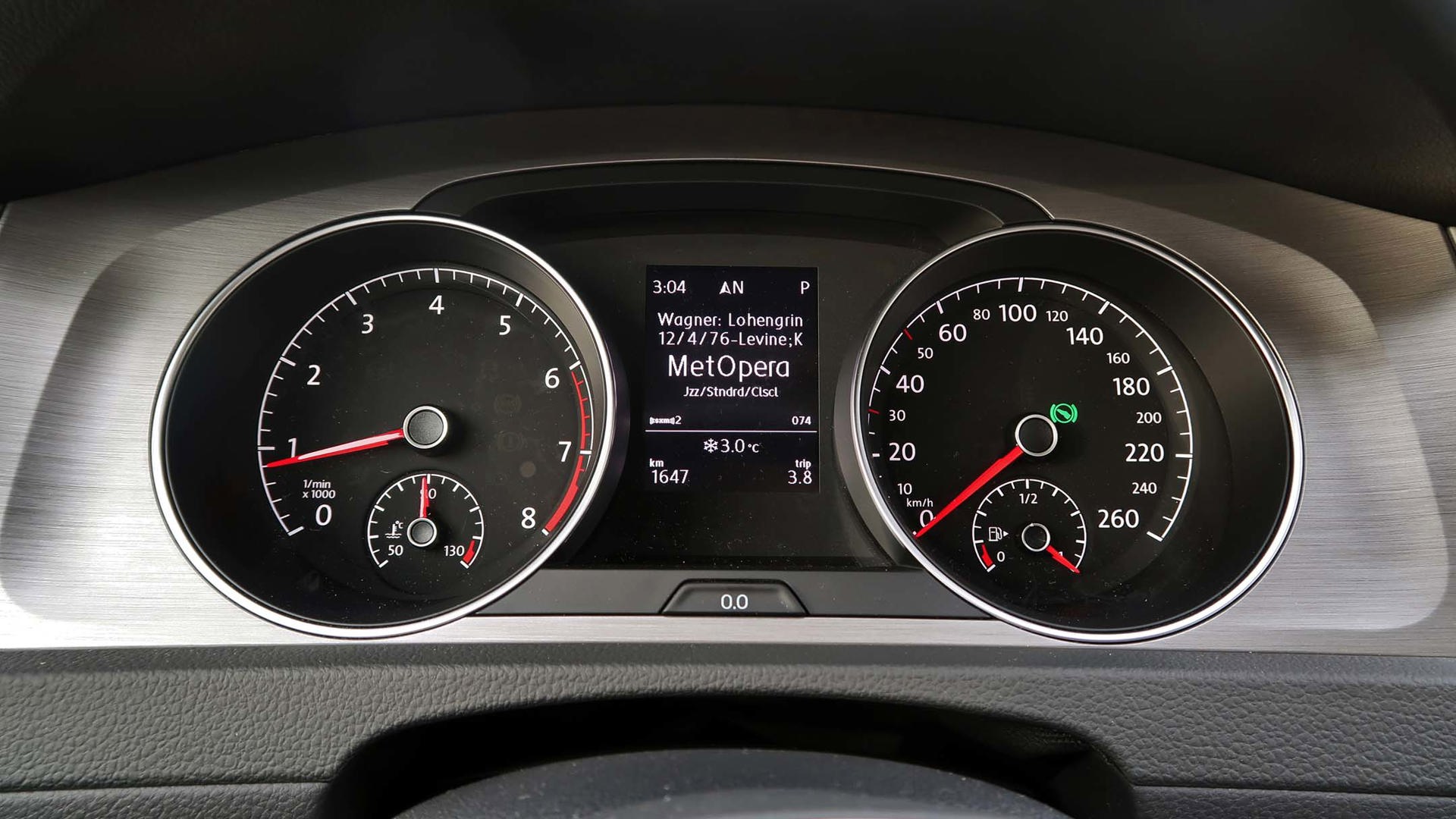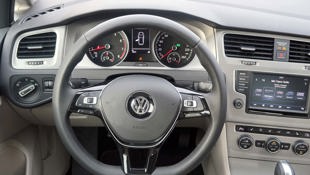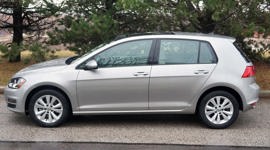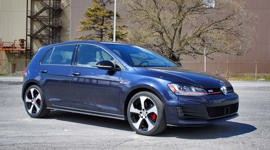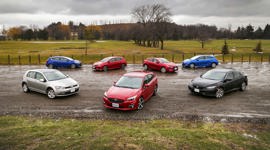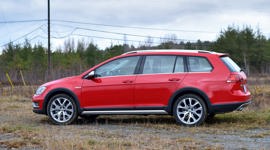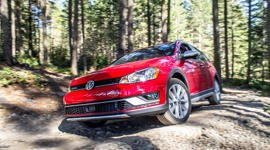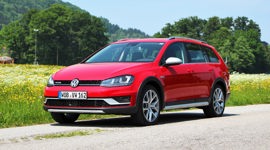 AutoTrader SCORE
AutoTrader SCORE
-
STYLING8/10
-
Safety9/10
-
PRACTICALITY7/10
-
USER-FRIENDLINESS8/10
-
FEATURES7/10
-
POWER8/10
-
COMFORT8/10
-
DRIVING FEEL9/10
-
FUEL ECONOMY7/10
-
VALUE8/10
Every now and again, I end up in a vehicle that I like to refer to as “genuinely nice.” Nothing’s shout-it-from-the-rooftops spectacular, and you can find competitors that have more powerful engines, sharper handling, nicer interiors. But on a genuinely-nice vehicle, everything works together so well that it becomes better than the sum of its parts.
...the best damn vanilla I've had in a long time
And that’s the way I feel about the 2017 Volkswagen Golf. It’s vanilla, yes, but it’s the best damn vanilla I’ve had in a long time.
With the discontinuation of the diesel – an engine we may never see again, thanks to the emissions scandal – the Golf comes with a turbocharged 1.8L that makes 170 hp, along with 185 lb-ft of torque that hits its peak at 1,600 rpm and holds it to 4,200 rpm. Transmission choices are a five-speed manual or six-speed automatic.
Those who want one on a rock-bottom budget can opt for a two-door that comes only in the base Trendline trim, and strictly with a stick shift, for $19,195. All others are four-doors: the Trendline at $22,645, the Comfortline at $25,345, and the Highline at $30,395, all prices with manuals. Adding the automatic is an additional $1,400.
I had the Comfortline with automatic, which included such items as heated “leatherette” seats, dual-zone automatic climate control, smartphone integration, fog lights, proximity key and satellite radio. My tester also carried that trim level’s sole available option, a Convenience Package of blind spot monitoring with rear traffic alert and a panoramic power sunroof for an additional $1,310.
There’s no turbo lag as the little engine starts its climb up the speedometer, and while it won’t take your breath away, acceleration is smooth and linear, if a bit growly. The transmission swaps cogs with almost DSG-style swiftness, although you’ll have to use the lever if you want to sequentially shift it yourself, since paddle shifters are lacking. In regular “Drive” mode, the six-speed tries to get up the ladder as soon as possible for fuel efficiency.
The gears hang on a bit longer when the shifter’s knocked over into “Sport” mode. Some competitors in the mainstream-hatch segment exhibit far more sound than actual fury in this mode, but the Golf livens up in it. It’s still no GTI or R, of course, but rather a family car with some fun to it. The recommended fuel is 87-octane, and against published figures of 9.4 L/100 km in the city and 6.7 on the highway, I averaged 8.6 L/100 km.
That “does everything right” impression continues with the steering and handling. Turn-in is quick, feedback is good, and it’s lively without being twitchy. All trim levels include Volkswagen’s Electronic Differential Lock, or XDS, which is meant to work along the lines of a limited-slip differential. If the Golf gets unsettled on a quick corner, the system brakes the inside wheel to reduce understeer and keep the car tucked in.
I met up with some colleagues for a seven-car, 2017 hatchback comparison test during my time with it, and reactions to the exterior styling were mixed. Some thought it ugly, or at least boring. But I like the look, which I think is classic. In years to come, when its cutting-edge competitors look as weirdly outdated as most 1980s cars do today, this is still going to be a timeless design. I especially like the little details like the gas filler door, which follows the curves of the body lines around it.
I also like the interior for its clean, uncluttered design, set off by metallic trim and excellent fit-and-finish. That said, a few more soft-touch surfaces would add upscale feel to the upmarket looks: there’s a lot of hard plastic. Small-item storage could be a little more generous, too. I’d also prefer a darker solid shade to my tester’s two-tone colour scheme. No automaker, no matter how much you pay for its products, is capable of making beige plastic that doesn’t look chintzy.
That clean-n-simple design means large, easy-to-use controls, which are always top-on-the-list with me. I shouldn’t be fumbling for a tiny button at 100 km/h. The heated seats are operated by a hard button, as they should be on all vehicles (some hide them in the infotainment computer pages), and they get decently hot. Alas, my new favourite feature, a heated steering wheel, is not available on any Golf trim. Damn.
What isn’t as easy is the blind spot monitoring, and a brickbat for the team who put it together. The mirrors contain turn signal indicators, which appear to the driver as small orange lights at the centre edge of the mirror housing. The blind spot warning appears as a small orange light right beside it in the glass. Any time I hit the turn signal, my peripheral vision yelled, “Hey, which light is on?” My Designated Passenger suggested that the setup might be forcing me to check a second time just to be sure, but I’m more inclined to think that somebody just didn’t think this through.
Even without the Fender audio system available on the top-level Highline, the stereo sounds good. The 6.5-inch touchscreen includes a proximity sensor – the icons pop up as if by magic when your hand gets close – and has Android Auto, Apple CarPlay, and Mirror Link stuffed inside on the Comfortline and Highline trims, and available as part of an option package on the Trendline.
The seats are firm, which may initially turn off some new-to-VW shoppers who are used to falling into cushy chairs in the showroom. Don’t judge them by first butt-sit. The trick is that they’re very supportive and will keep your spine happy even on a long drive. Still, there’s a bit of work involved in finding the right driving position. Unlike the Highline, which gives you a 12-way power driver’s seat, the Comfortline has a manual slider, a barber-chair ratchet for height, and a power-operated seatback.
Rear-seat legroom is tight, unless the front-seat passengers take pity on you and slide their chairs all the way forward. Those 60/40-split rear seats fold down easily to increase the cargo capacity, along with a centre pass-through with corresponding centre armrest.
In a world of flash and fancy, the Golf might seem solid and staid, but don’t let it fool you. You will always find another hatchback that does something else better than the Golf does, but there are very few that combine all their attributes into a comprehensive package the way this Volkswagen does. You need to drive it to see how it all comes together, so if you’re in the market, be sure you do.
| Engine Displacement | 1.8 |
|---|---|
| Engine Cylinders | I4 |
| Peak Horsepower | 170 @ 4,800 rpm |
| Peak Torque | 185 @ 1,600 rpm |
| Fuel Economy | 9.4/6.7/8.1 cty/hwy/cmb |
| Cargo Space | 578L; 1,336L with seats folded |
| Model Tested | 2017 Volkswagen Golf 1.8TSI Comfortline |
| Base Price | $25,345 |
| A/C Tax | $100 |
| Destination Fee | $1,625 |
| Price as Tested | $28,380 |
|
Optional Equipment
$1,310 - $1,310 Convenience Package
|
|
